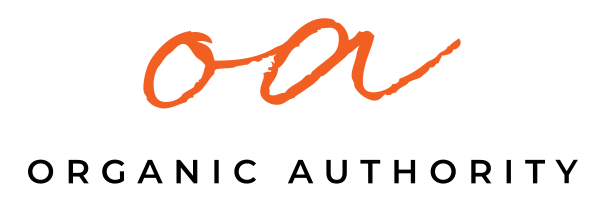Shopping for Others: The Rise of the Buy One, Give One Purchase Model

Cause-marketing has become one of the hottest selling points for brands like Yoplait, General Mills, Proctor & Gamble, Kellogg’s and even the Girl Scouts, as well as a growing number of all-natural and organic brands. In short, we like to feel good about where we spend our money; and when our favorite brands show commitments to eradicating hunger, curing diseases and saving the environment with every single purchase, we’re more likely to support those brands on a regular basis. And recently, a new model has moved into the cause-marketing category. More than just making a monetary donation to a charity or non-profit, scores of companies, like the well known brand TOMS shoes, are donating an equivalent product to someone in need when you make a purchase. But does it work? And how? Have corporations become the new missionaries?
TOMS shoes quickly carved out a niche market for its simple line of footwear (and now eyeglasses) by heavily promoting its donation program: Buy a pair of TOMS and someone in the developing world will also get a pair, every time you purchase. What could be better than that? A lot, says Paul Rice, President & CEO of Fair Trade USA. While there’s nothing inherently wrong with charitable donations, Rice says models like Fair Trade “establish long-term business relationships that empower communities through organizational processes” and provide “more access to beneficial trade relationships, and community development funds that they decide how to leverage.” Instead of the corporations deciding on what they will gift challenged communities, Fair Trade supports “community-led development” and those farmers and workers “decide democratically as a community how to deploy these community development funds,” says Rice. Is it our Western elitism that thinks we know what’s best for the rest of the world? Isn’t it more beneficial to empower them to make their own decisions for themselves and their community?
Nature’s Path, the leading brand of organic cereal and snacks, recently launched its Bite4Bite program, donating the equivalent in cereal or cash (up to $1 million) to hungry people in America and Canada. They donate product by the pallet and rely on third-party food banks and distributors to make sure the products get where they’re needed most, be it a homeless shelter or soup kitchen. Hailey Thompson, a spokesperson for Nature’s Path says that the company receives “annual reports from our partners on operations, and we are always able to ask for a full report from partners on where every box of product was donated.” As a leading force in healthy, GMO-free food, Nature’s Path sets the benchmark for quality packaged goods, and with one in six Americans considered ‘food insecure’, it’s incredibly generous of them to be making such considerable donations. But what about that old saying that it’s better to teach a man to fish rather than just give him a fish? Would a fruit tree or a box of fresh vegetables and a cookbook be more empowering than a box of dry cereal? No food should ever go to waste, yet here in the U.S. we throw away nearly 25 percent of fresh fruits and vegetables each year. Wouldn’t it make the most sense to reroute that already grown and picked food rather than produce more cereal in a factory? It’s not that cereal isn’t a good thing, but our approach to eradicating hunger in this country seems a little bit like putting a Band-Aid on a bullet wound.
Hand in Hand Soap, a Vermont-based soap manufacturer donates a bar of soap for every one sold. The company’s first soap drop was to orphanages in Port au Prince, Haiti. Hand in Hand co-founder, Bill Glaab, says they chose Haiti after the devastating earthquake and because, “We would never want to negatively impact a local economy by harming the business of local merchants or soap makers. By focusing on disaster relief, we are not creating a culture of dependency.” This was the first one-for-one concept that really sounded sensible. Disaster relief requires urgent action and resources. A company that’s sole charitable focus is on providing the important power of cleanliness when dealing with numerous injuries and disease outbreaks seems more than just kind, it seems logical and generous, and solution-oriented, where some of these other companies’ efforts feel like they may not only be missing the point in addressing truly eradicating these issues, but also doing it for marketing purposes and their own bottom line. (Not that money is a bad thing.)
The global economy is shifting, as is our relationship to food and culture. We seem to be moving into an era where pity and feeling sorry for ourselves or anyone else simply doesn’t serve the greater good. Bringing long-term solutions, rather than handouts, to emergent communities, be they in third worlds or right here in the U.S., seems essential. And that Fair Trade model is working. “[C]ommunities are electing and implementing their own projects based on the needs they determine for their particular town or society,” according to Rice. The Fair Trade Resource Network reports that 2010 sales of Fair Trade certified products grew 27 percent over 2009 to nearly $6 billion worldwide and over $1 billion of that coming from the U.S. And, says Rice, “The difference with this model is that those in need are the ones that are developing their own solutions.”
Keep in touch with Jill on Twitter @jillettinger
Resources:
http://www.bizreport.com/2011/08/cause-marketing-women-prefer-brands-that-donate-with-each-purchase.html#
Image: DVIDSHUB

